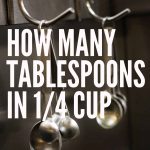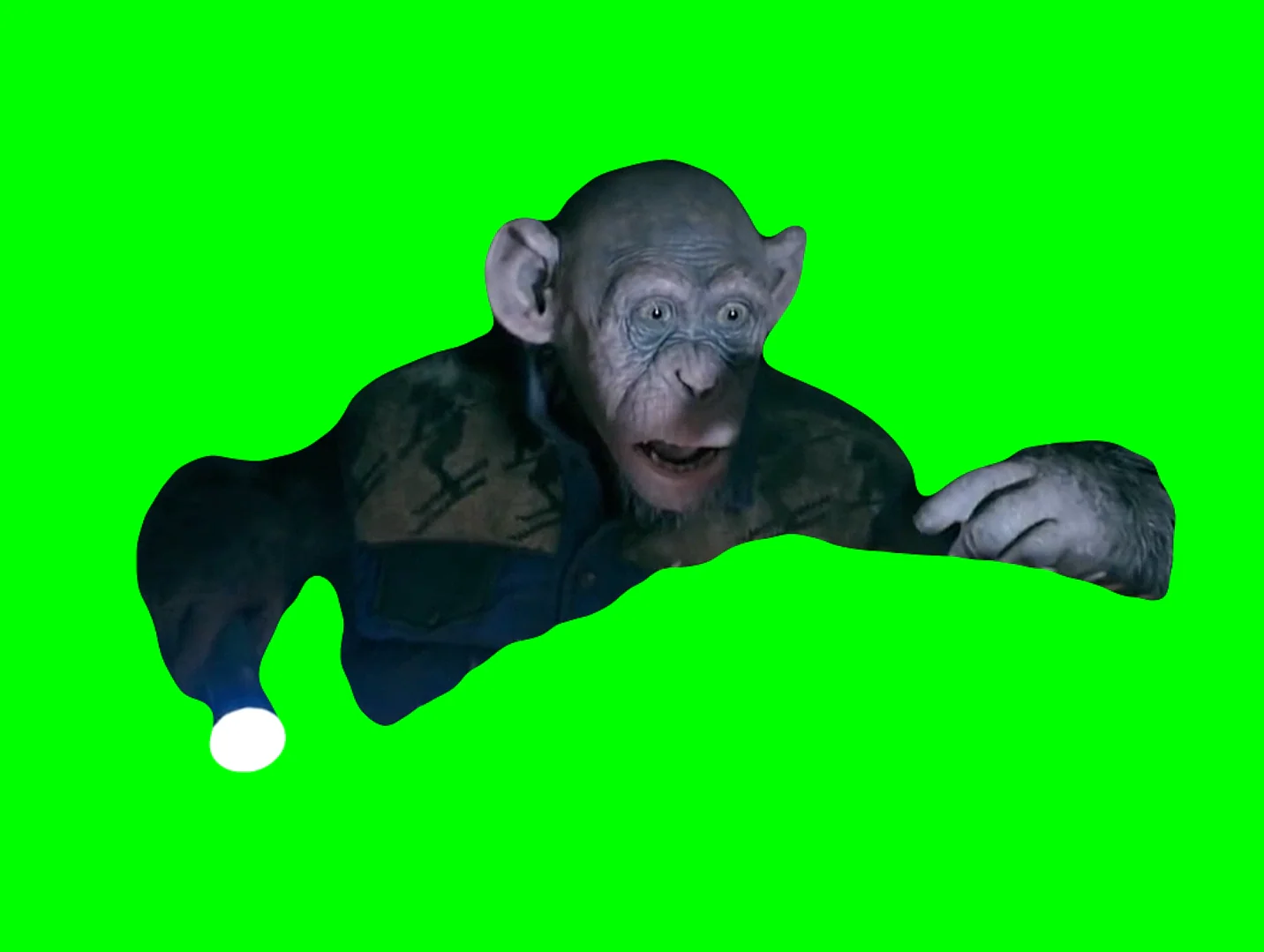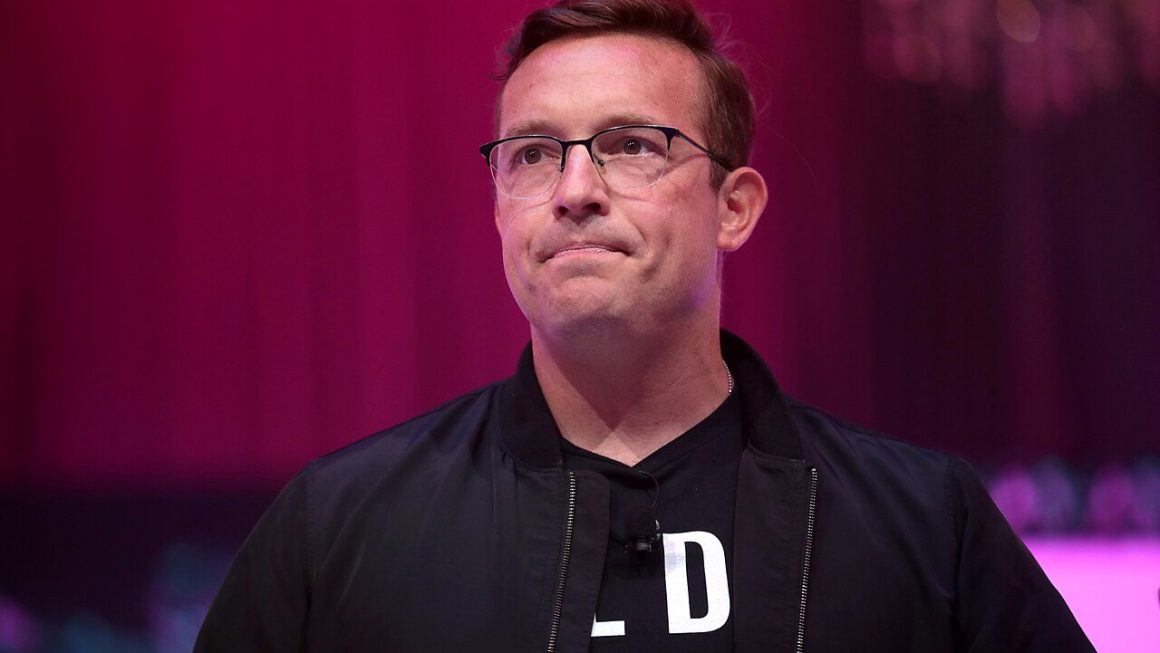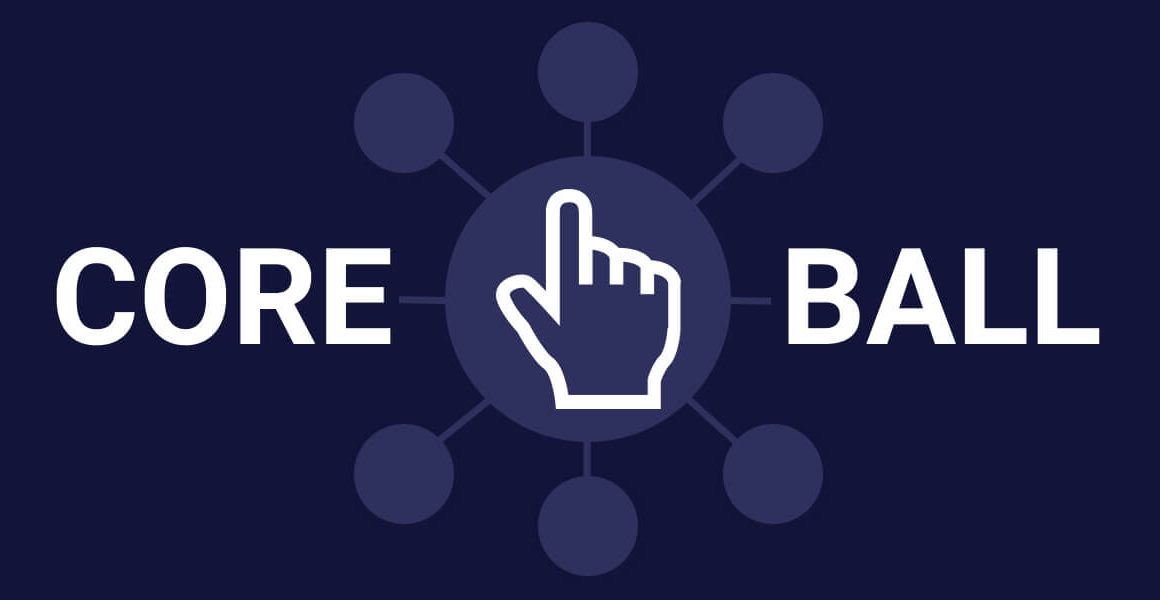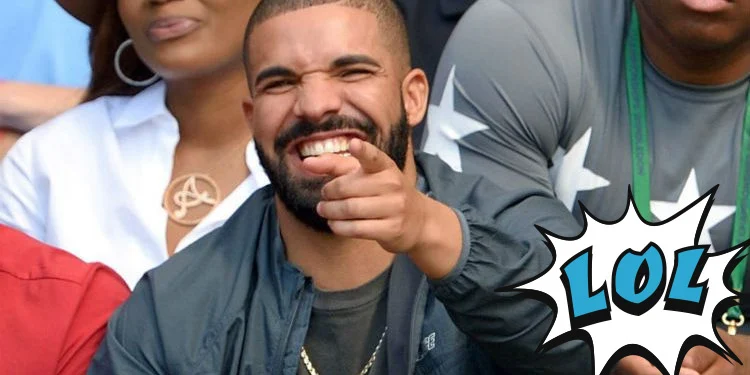It started with a single image. A small monkey with a frozen, guilty expression. The caption read: “Oh no.” That’s it. No punchline. No explanation. And yet, within days, the internet exploded with versions of this strange little picture. The “Oh No Monkey Meme” had arrived.
From TikTok edits to Twitter reactions and even branded memes, this simple monkey face became the go-to visual for moments of silent panic. But how did such a bizarre meme catch fire—and why did it strike such a chord with millions? Let’s dive into the curious tale of this unforgettable monkey.
A Monkey’s Face, A World of Emotion
At the heart of the “Oh No Monkey Meme” is a puppet monkey named Oobi, originally from a Japanese children’s show. The still image that’s now plastered across the internet captures him glancing sideways with wide, uncertain eyes and tight lips. It’s the expression we all make when we realize we’ve messed up—or are about to.
That relatability is key. The monkey isn’t doing anything outrageous or wild. He’s simply reacting, and in doing so, he speaks for all of us. Whether you’ve sent a message to the wrong person, walked into the wrong room, or remembered an embarrassing moment from five years ago—that face fits.
How the “Oh No Monkey Meme” Was Born
Like many internet phenomena, this meme didn’t explode overnight. It first surfaced quietly around 2019 on platforms like Reddit and Tumblr. However, it wasn’t until early 2020, during the global lockdown, that the meme reached its tipping point.
Trapped at home and hungry for entertainment, people turned to humor—and relatable humor at that. Enter the “Oh No Monkey Meme.” As the world collectively dealt with uncertainty and minor daily disasters, this monkey became a symbol of shared anxiety… with a humorous twist.
The Role of TikTok, Reddit, and Twitter in Its Rise
Three platforms deserve credit for catapulting this meme into stardom:
- TikTok users began pairing the image with dramatic or unexpected audio clips. The effect was hilariously jarring and endlessly remixable.
- On Reddit, communities like r/memes and r/dankmemes gave the meme a second wind, with creative edits and even lore about the monkey.
- Meanwhile, Twitter users embraced the monkey as a reaction image. Someone would tweet, “Me after sending a risky text,” followed by the picture. No words needed.
The meme wasn’t just about laughter—it was about timing. And in the middle of a pandemic, its simplicity became its power.
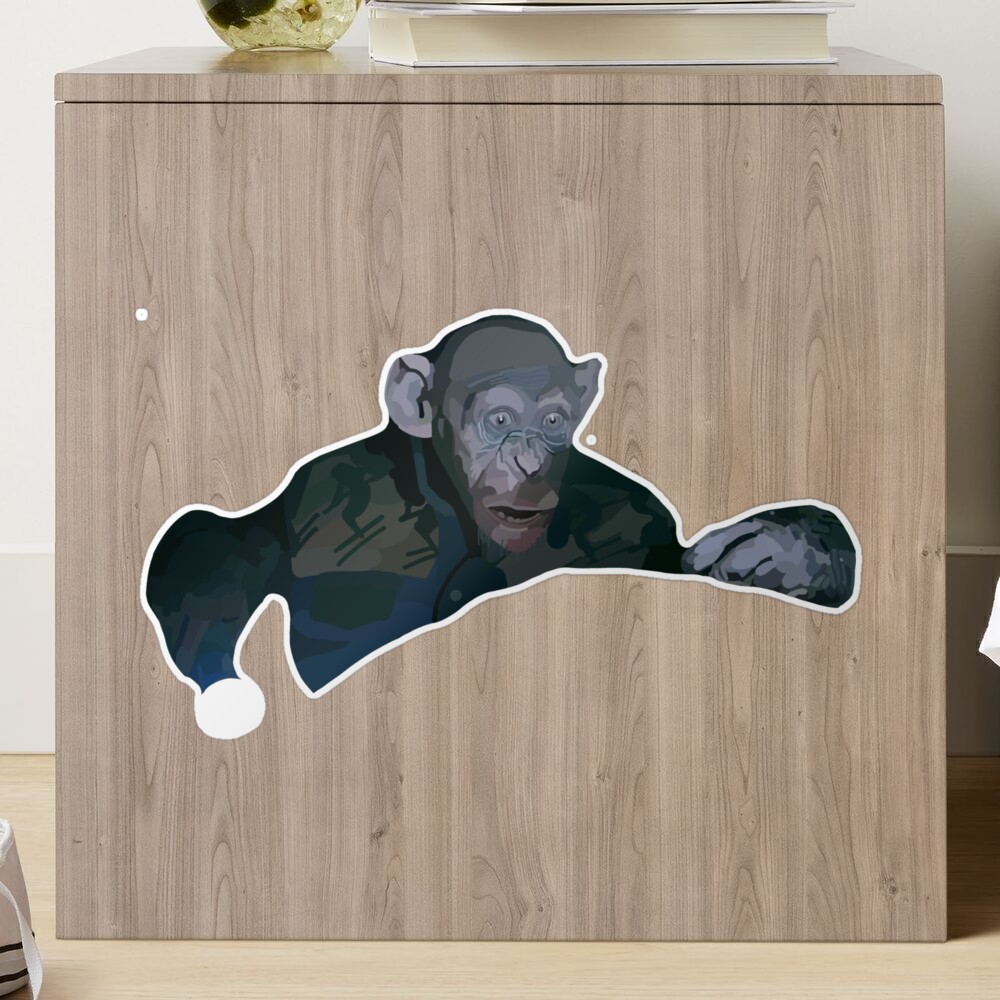
Oh No Monkey Meme as a Symbol of Everyday Struggles
One of the most interesting parts of the “Oh No Monkey Meme” is how often it’s used to describe the small, awkward moments of life.
- Dropping your phone on your face? Monkey meme.
- Hearing your stomach growl during a quiet meeting? Monkey meme.
- Realizing you weren’t muted on Zoom? Definitely monkey meme.
Each time someone used the image, they weren’t just making a joke—they were saying, “You’ve been there, right?” And the internet responded with a collective nod.
Why the Meme Went Viral: 5 Powerful Reasons
Let’s break down the success of this meme into five core reasons:
1. Relatability
The monkey’s expression is universal. We’ve all worn that face—whether caught in an awkward moment or facing a minor crisis.
2. Simplicity
The meme doesn’t rely on complex setups or references. It’s just an image and a feeling.
3. Versatility
The “Oh No Monkey Meme” works in almost any context—from school disasters to cooking fails to relationship blunders.
4. Perfect for Short-Form Content
With platforms like TikTok and Instagram reels booming, the meme fits perfectly into fast, punchy formats.
5. Emotional Honesty
Ironically, the meme’s humor comes from how real it feels. It’s not trying too hard—it’s just awkwardly honest.
The Psychology Behind the Laughter
Why do we laugh at the monkey’s expression? According to meme researchers and psychologists (yes, that’s a real thing), much of meme humor comes from shared experience.
The “Oh No Monkey Meme” hits a nerve because it allows us to laugh at our own social discomfort. Instead of feeling isolated by an awkward moment, the meme says, “It’s okay, everyone does dumb stuff sometimes.” And that kind of shared vulnerability—when made funny—is what the best memes are all about.
Legacy of the “Oh No Monkey Meme”
While meme trends come and go at lightning speed, some stand the test of time. The “Oh No Monkey Meme” seems to have made that leap. Years after its debut, it’s still actively used in reaction posts, edits, and remixes.
Brands have even tried (with mixed success) to adapt the meme for marketing. But no matter how it’s used, its core identity remains unchanged: a weird monkey face reacting to life’s little disasters.
This meme isn’t going anywhere because awkwardness isn’t going anywhere.
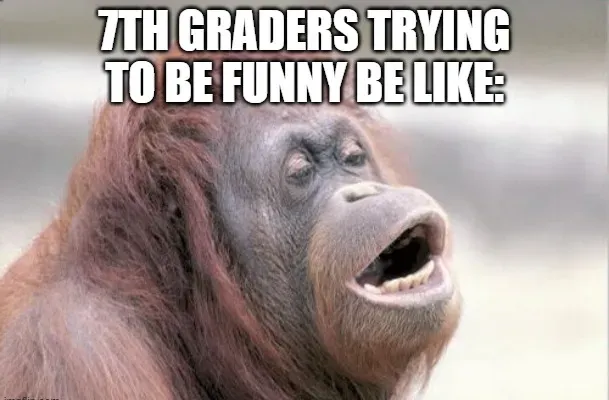
Visit our website for more updates and stories
Final Thoughts: More Than Just a Laugh
On the surface, the “Oh No Monkey Meme” is just another funny picture in the endless scroll of internet content. But beneath that surface lies something much deeper: a shared experience, a tiny bit of emotional relief, and a weird-looking monkey that says what we’re all thinking.
So next time you drop your coffee, miss your bus, or send a message you immediately regret—don’t worry. Just whisper “oh no,” send the meme, and know you’re not alone.
The monkey’s got your back.




